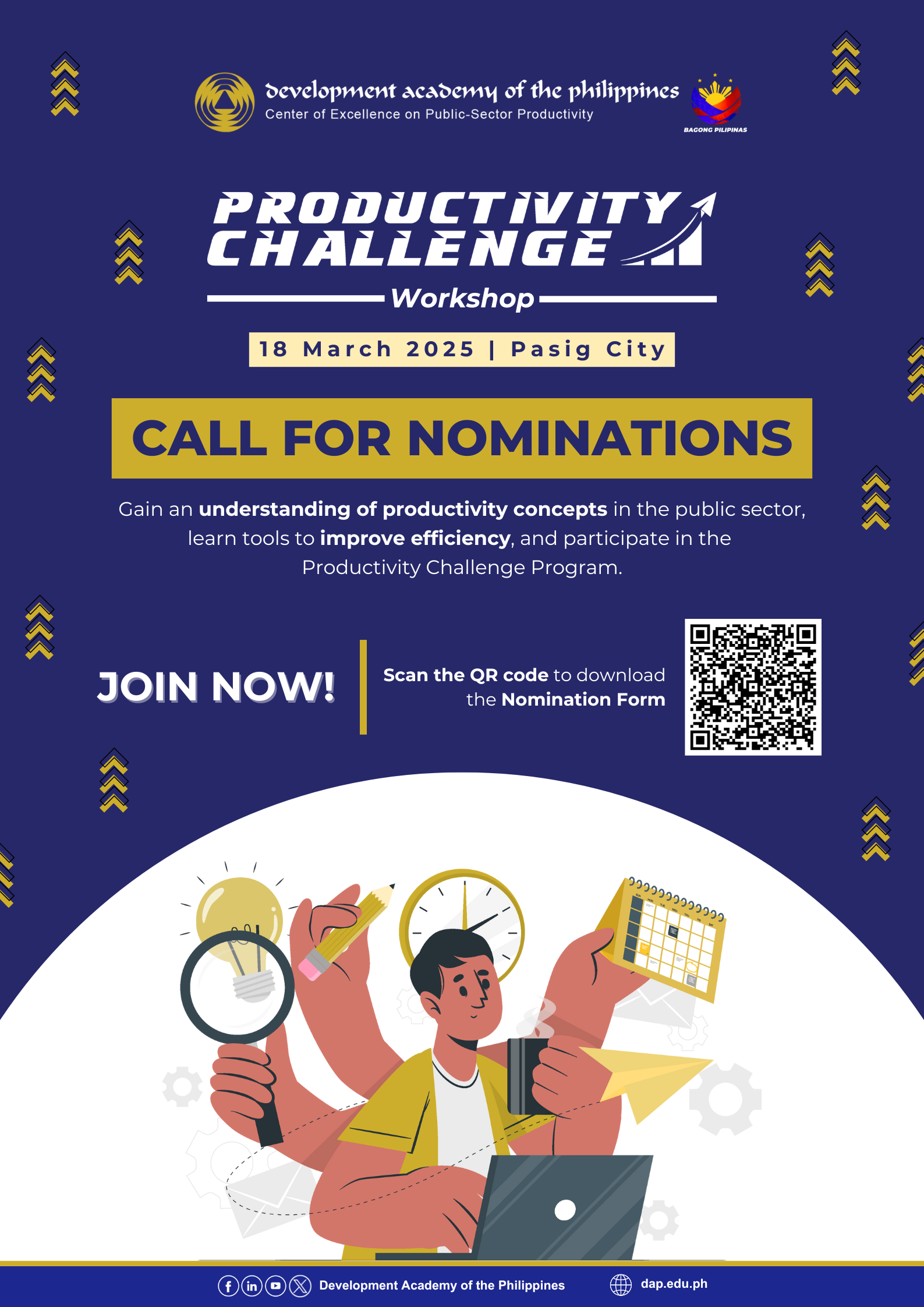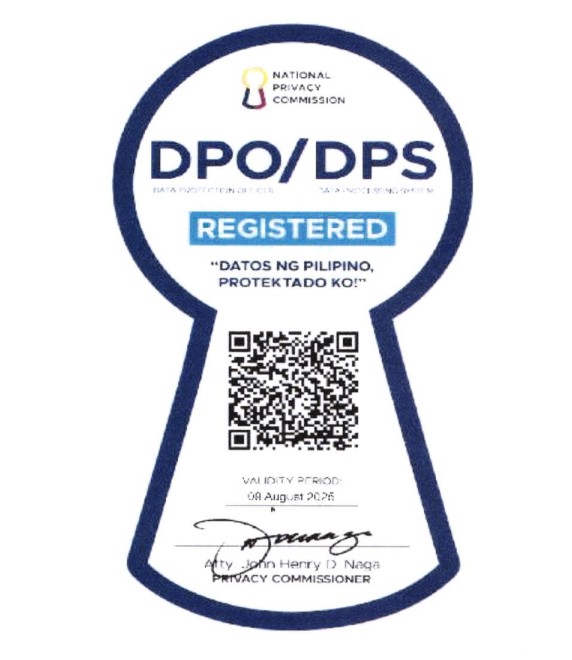The governance and policy direction of the DAP is vested in, and its powers exercised by a Board of Trustees, which has the following responsibilities: a) prepare and adopt such rules and regulations as it considers necessary for the effective discharge of its responsibilities; b) authorize the fields of human resources development, investigation, and major studies to which the available funds are allocated, without determining, controlling, or influencing the methodology of particular investigations or the conclusions reached; c) constitute the Executive Committee, as defined; d) appoint the President, and one or more Vice-Presidents to assist the President, in the administration of the affairs of the DAP; and d) review periodically the administration and the programs of the DAP.
Presidential Decrees 205 and 1061 provide the previous composition of the DAP Board of Trustees as follows: 1) Executive Secretary/Presidential Assistant; 2) Secretary of Finance; 3) Secretary of National Defense; 4) Director-General of the NEDA; 5) Governor of the Central Bank of the Philippines; 6) Chairman of the Board of the DBP; 7) General-Manager of the GSIS; 8) Administrator of the SSS; 9) President of the PNB; 10) President of the LBP; 11) President of the DAP.
With the amendment to the DAP Charter through Executive Order 288, under the Freedom Constitution, issued on July 25, 1987, the present composition of the DAP Board of Trustees include cabinet secretaries/heads or representatives of the following government agencies: 1) Office of the President of the Philippines; 2) Department of Budget and Management; 3) Department of Education; 4) National Economic and Development Authority; 5) Civil Service Commission; 6) Department of Health; 7) Department of Agrarian Reform; 8) Department of Agriculture; 9) Department of Environment and Natural Resources; 10) Department of Finance; and, 11) Development Academy of the Philippines (DAP).
Currently, the ex officio members of the DAP Board of Trustees are the following:
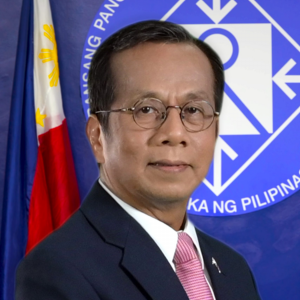
SECRETARY ARSENIO M. BALISACAN, PhD
National Economic and Development Authority
Chairperson, DAP Board of Trustees
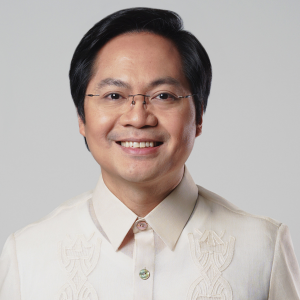
CHAIRPERSON KARLO ALEXEI B. NOGRALES
Civil Service Commission
Vice Chairperson, DAP Board of Trustees

SECRETARY FRANCISCO P. TIU LAUREL
Department of Agriculture
Trustee, DAP Board of Trustees
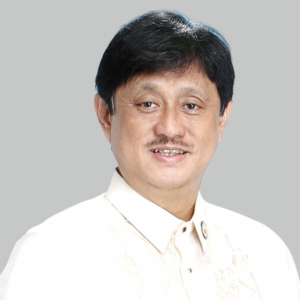
SECRETARY CONRADO M. ESTRELLA
Department of Agrarian Reform
Trustee, DAP Board of Trustees
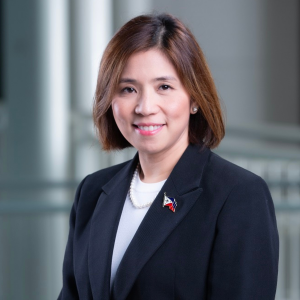
SECRETARY AMENAH F. PANGANDAMAN
Department of Budget and Management
Trustee, DAP Board of Trustees
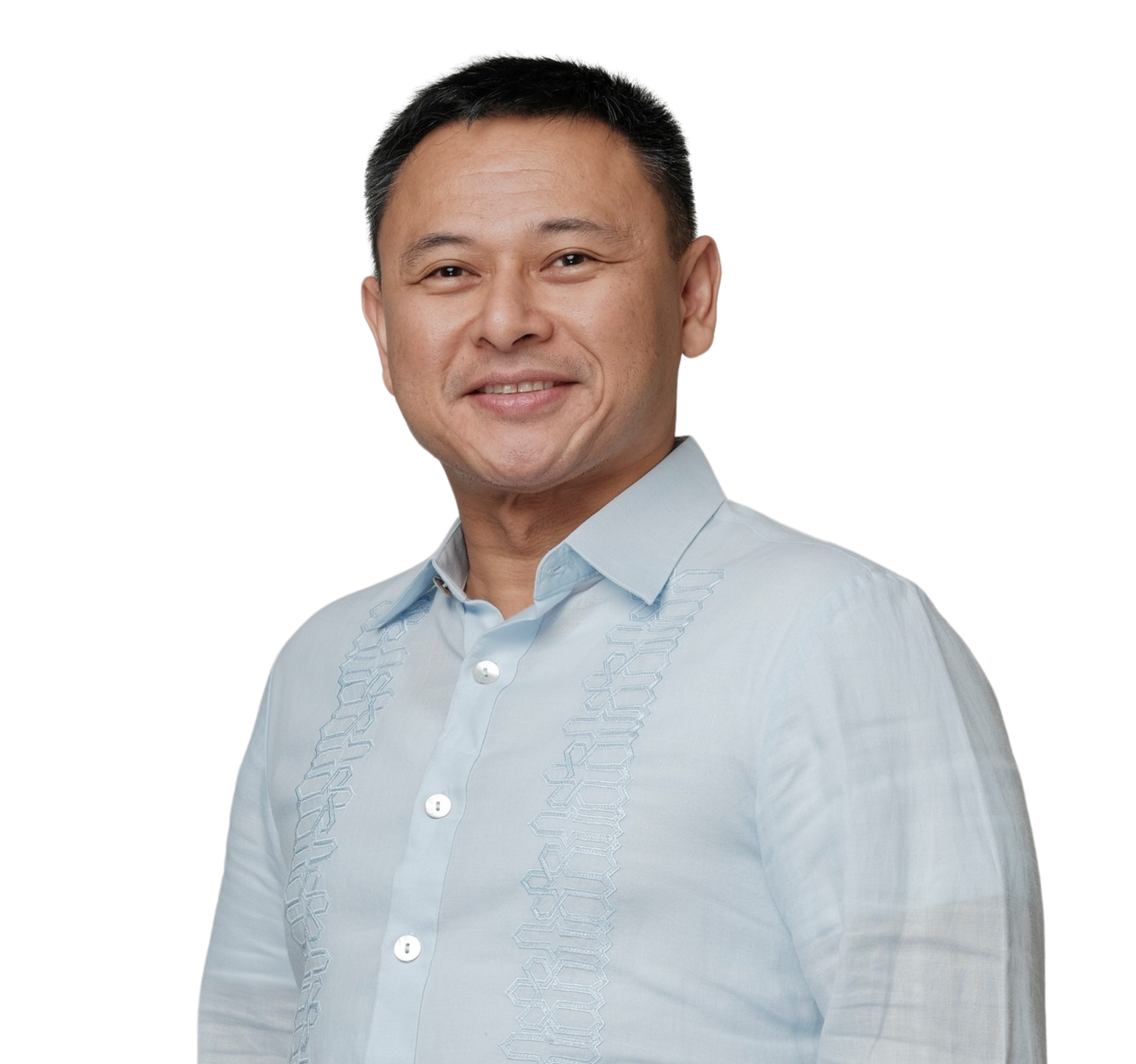
SECRETARY JUAN EDGARDO M. ANGARA
Department of Education
Trustee, DAP Board of Trustees
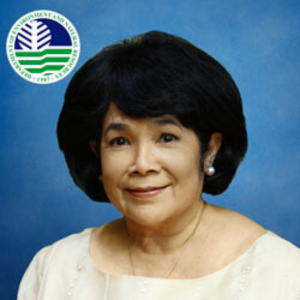
SECRETARY MARIA ANTONIA YULO LOYZAGA
Department of Environment and Natural Resources
Trustee, DAP Board of Trustees
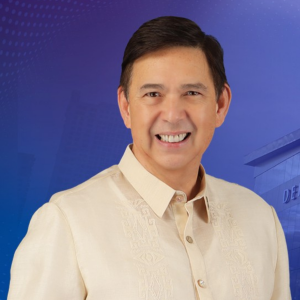
SECRETARY RALPH G. RECTO
Department of Finance
Trustee, Board of Trustees

SECRETARY TEODORO J. HERBOSA
Department of Health
Trustee, DAP Board of Trustees
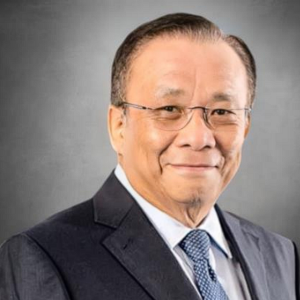
EXECUTIVE SECRETARY LUCAS P. BERSAMIN
Office of the President of the Philippines
Trustee, DAP Board of Trustees
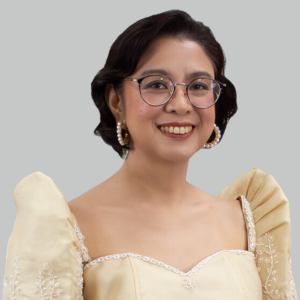
PRESIDENT MAJAH-LEAH V. RAVAGO, PhD
Development Academy of the Philippines
Trustee, DAP Board of Trustees
____________________________________________________________________
While there are Cabinet members representing the abovementioned departments / agencies who attend DAP Board meetings, some Secretaries formally designate their undersecretaries or assistant secretaries as their permanent or alternate representatives to the DAP Board of Trustees.
The DAP Board of Trustees shall elect from among themselves the Chairman and Vice-Chairman of the Board.
While PD 205 specifies that trustees shall not receive any compensation or remuneration, EO 288 authorizes Trustees to receive per diem for every meeting of the Board and its Executive Committee actually attended, in addition to reasonable transportation and representation expenses, subject to existing rules and regulations.
BOT Committees
Executive Order 288 states that there shall be an Executive Committee consisting of the DAP President and four other members to be elected by the DAP Board of Trustees from the membership of the Board. The members of the Executive Committee, other than the DAP President, shall hold office for terms of two years, unless at the time of election a shorter term is specified, and shall be eligible for re-election. The Board shall elect the Chairman of the Executive Committee from the membership of the Committee.
Chair: National Economic and Development Authority
Vice Chair: Civil Service Commission
Members: Department of Budget and Management
Office of the President
Development Academy of the Philippines
Audit Committee
Chair: Department of Budget and Management
Members: National Economic and Development Authority
Department of Finance
Governance Committee
Chair: National Economic and Development Authority
Members: Civil Service Commission
Department of Budget and Management
Department of Finance
Development Academy of the Philippines
Nomination and Remunerations Committee
Chair: Department of Education
Members: National Economic and Development Authority
Civil Service Commission
Department of Environment and Natural Resources
Office of the President
Risk Management Committee
Chair: Department of Finance
Members: Department of Agriculture
Department of Agrarian Reform
Department of Health
____________________________________________________________________
- Board of Trustees with alternates (2024)
- Board of Trustees with alternates (2023)
- Board of Trustees with alternates (2022)
- Board of Trustees with alternates (2021)
- Board of Trustees with alternates (2020)
- Board of Trustees with alternates (2019)
- Board of Trustees (May – June 2018)
- Board of Trustees (January – April 2018)
- Board of Trustees 2017
- Board of Trustees 2016
- Report on Attendance of the Board, 2021
- Report on Attendance of the Board, 2020
- Report on Attendance of the Board, 2019
- Report on Attendance of the Board, 2018
- Report on Attendance of the Board, 2017
- Certification that No Board Meetings were held in 2016
- Report on Salaries & Allowances of Board Members (2022)
- Report on Salaries & Allowances of Board Members (2021)
- Report on Salaries & Allowances of Board Members (2020)
- Report on Salaries & Allowances of Board Members (2019)
- Report on Salaries & Allowances of Board Members (2018)
- Report of Salaries and Compensation 2016
- Report on Salaries & Allowances of Board Members for CY 2013
- Attendance Record of Directors in Board and Committee Meetings



